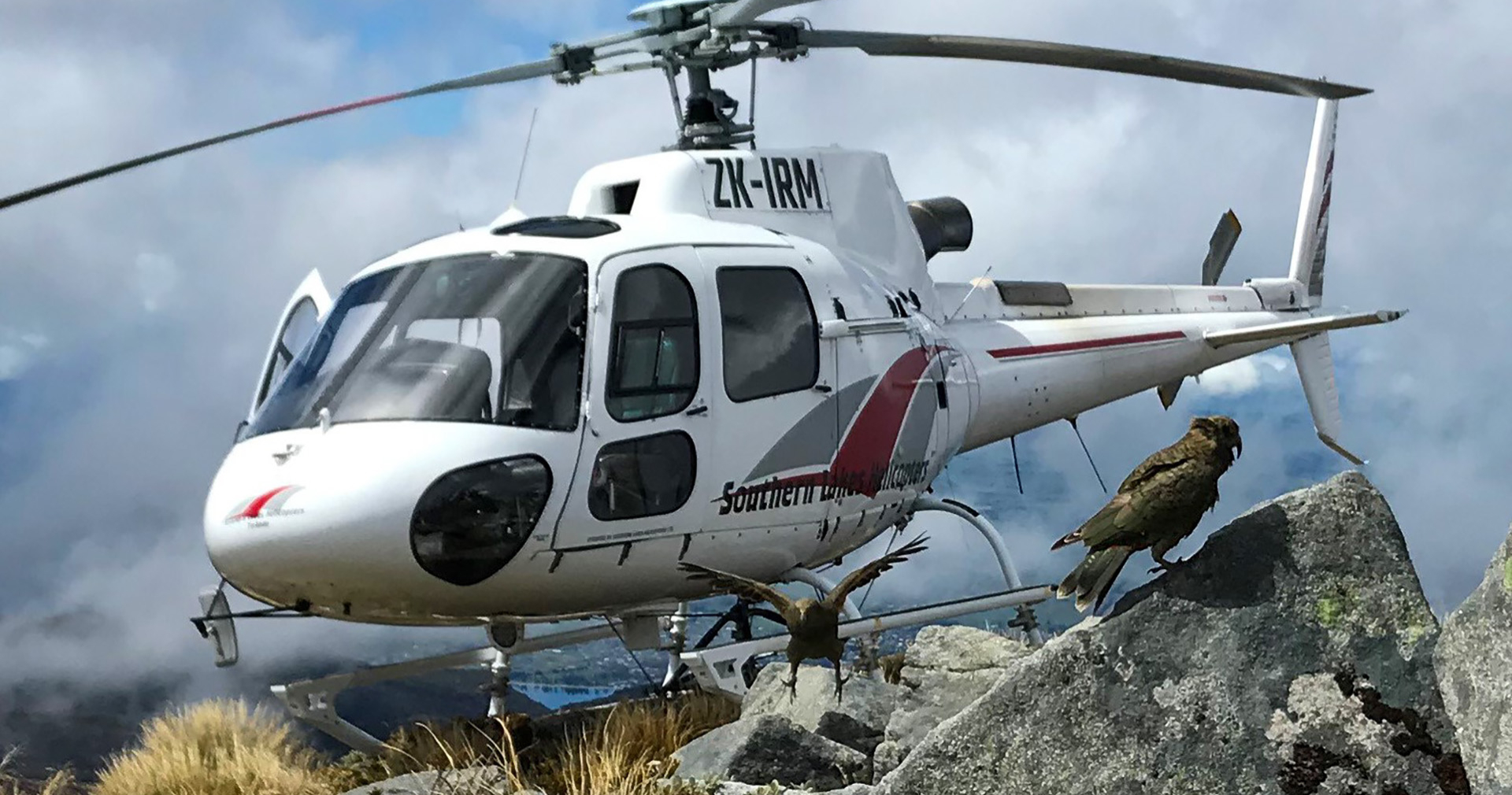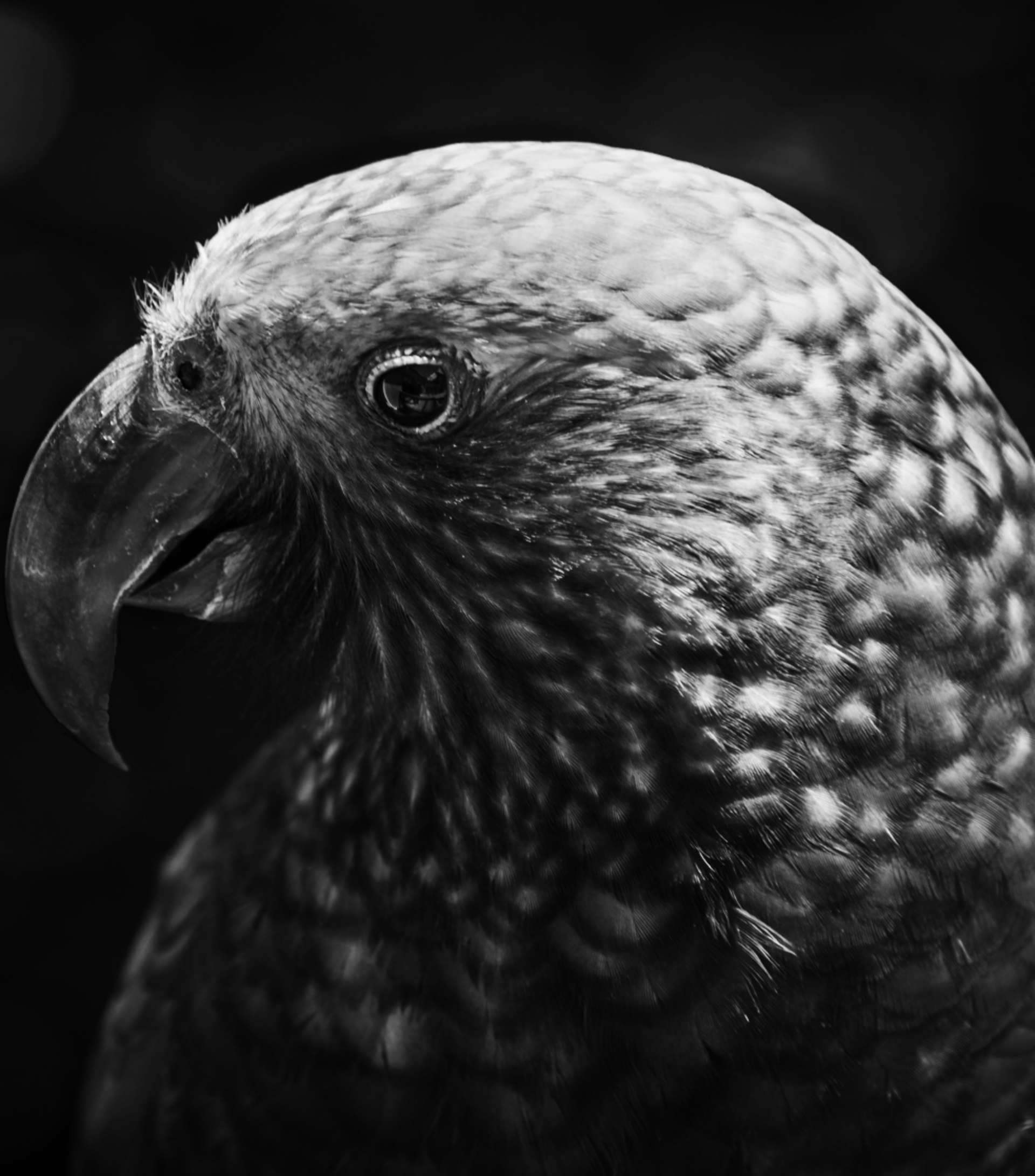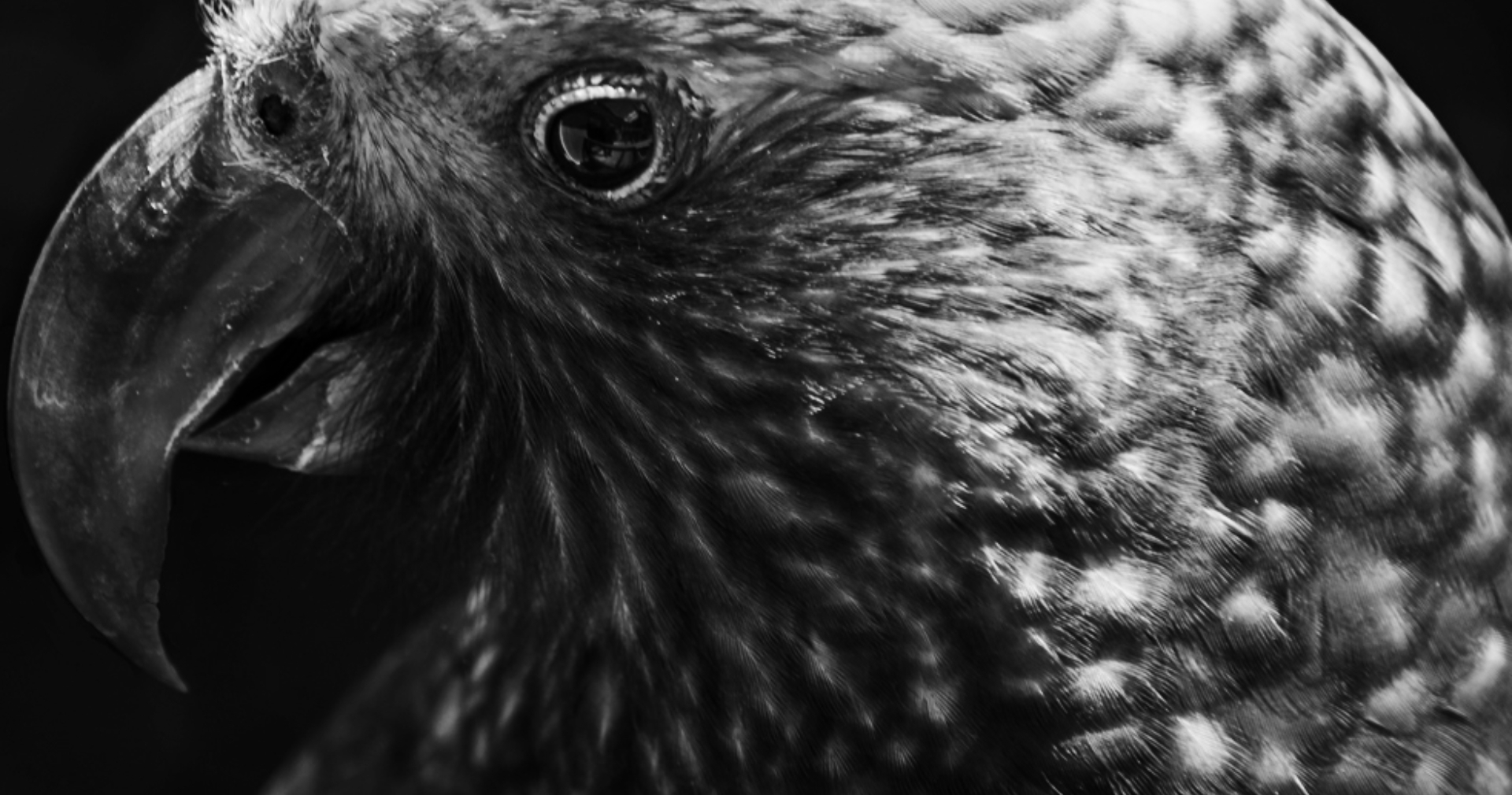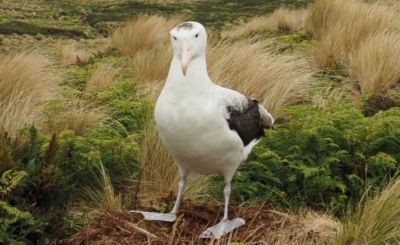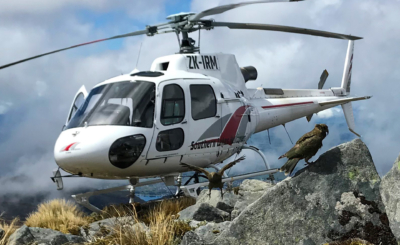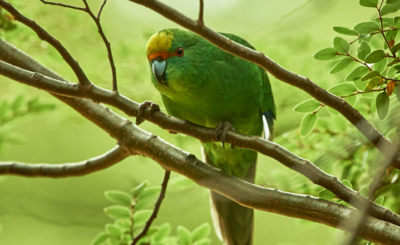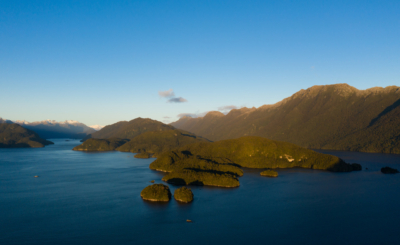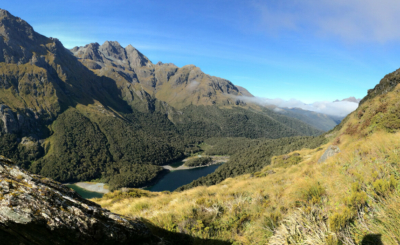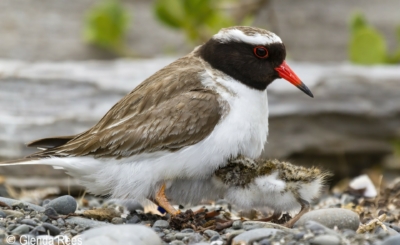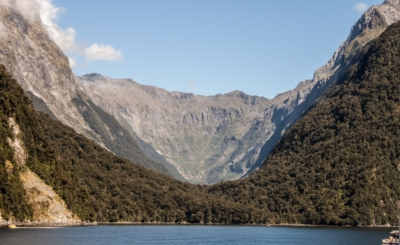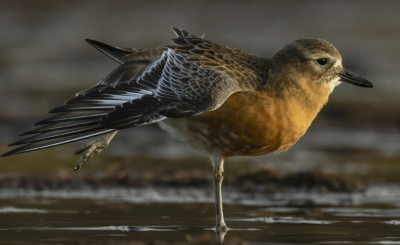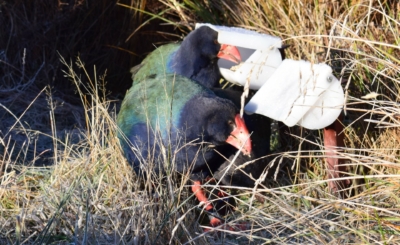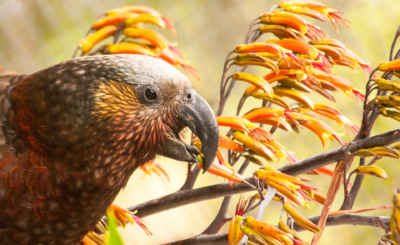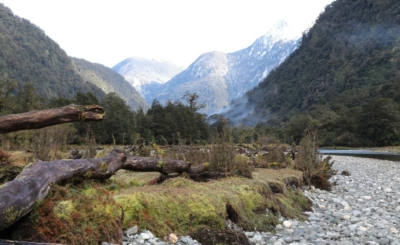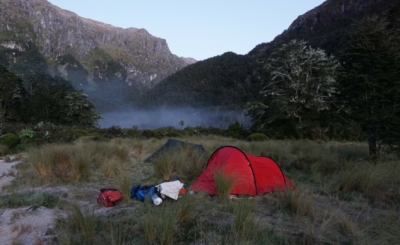The Murchison Mountains form a 51,000ha peninsula on the western side of Lake Te Anau and have long been famous as a stronghold for NZ’s threatened species. They are protected on three sides by the lake and on the fourth side by remoteness. The area is home to a number of increasingly scarce native birds.
Most famous is the takahē, but also present are mohua, whio, kea, kākā, kākā riki, kārearea (NZ falcon), weka, Tuke/rockwren, miromiro/tomtit, toutouwai/robin, tūi, korimako/bellbird, titpounamu/rifleman, riroriro/grey warbler, pipipi/ brown creeper, tauhou/silvereye, pihoihoi/pipi kiwi. Another special species is the pekapeka/short-tailed bat – one of only two places they can still be found in the South Island.
While we are engaged in supporting the intense and successful Takahe Recovery Programme, these other species, especially kea and rock wren need special care and attention.
Southern Lakes Helicopters who are actively engaged with work on the Takahē and Valleys projects, are donating to species monitoring and recovery in the Murchison Mountains.



